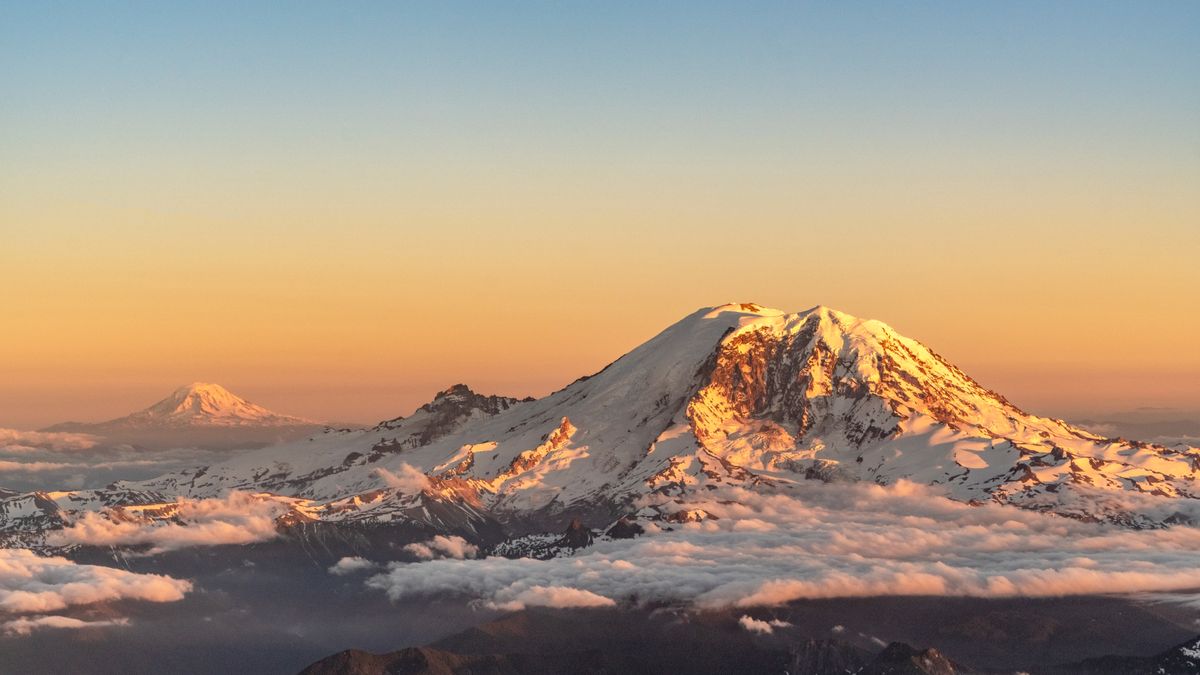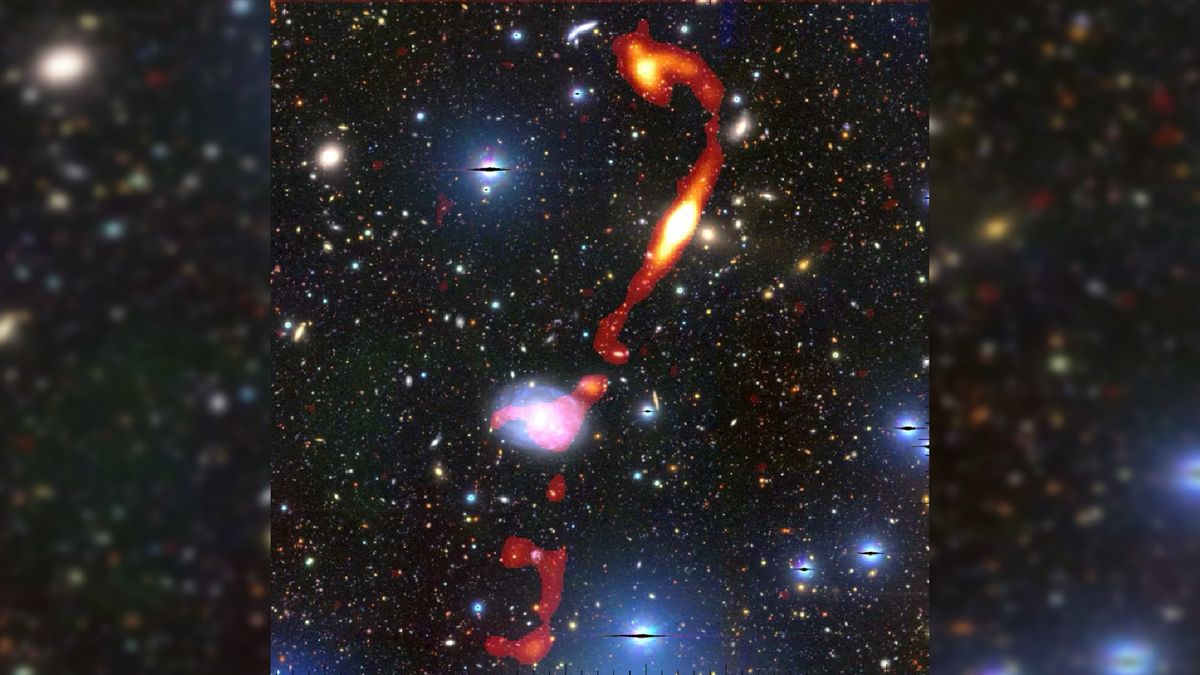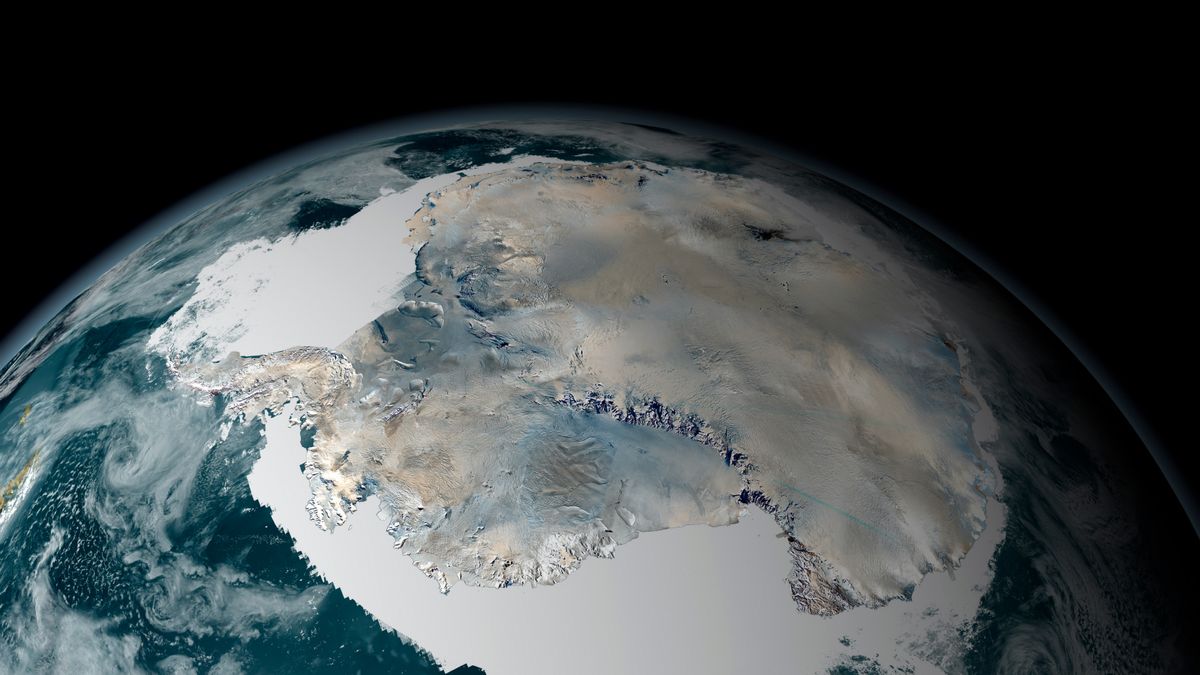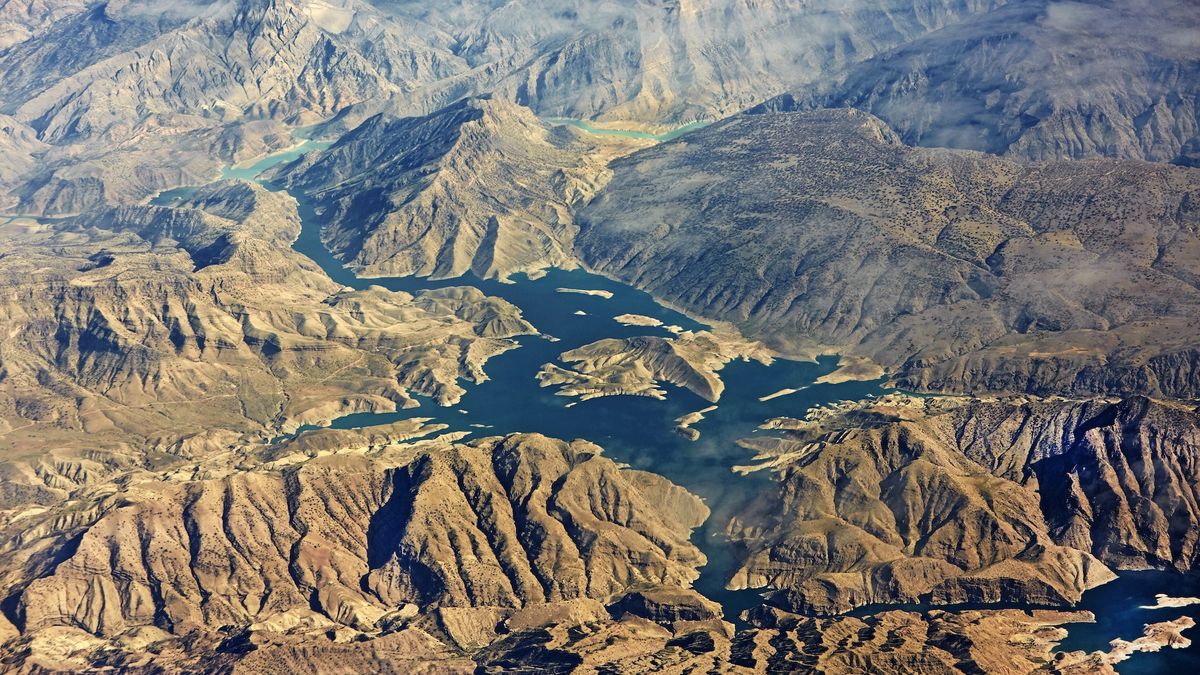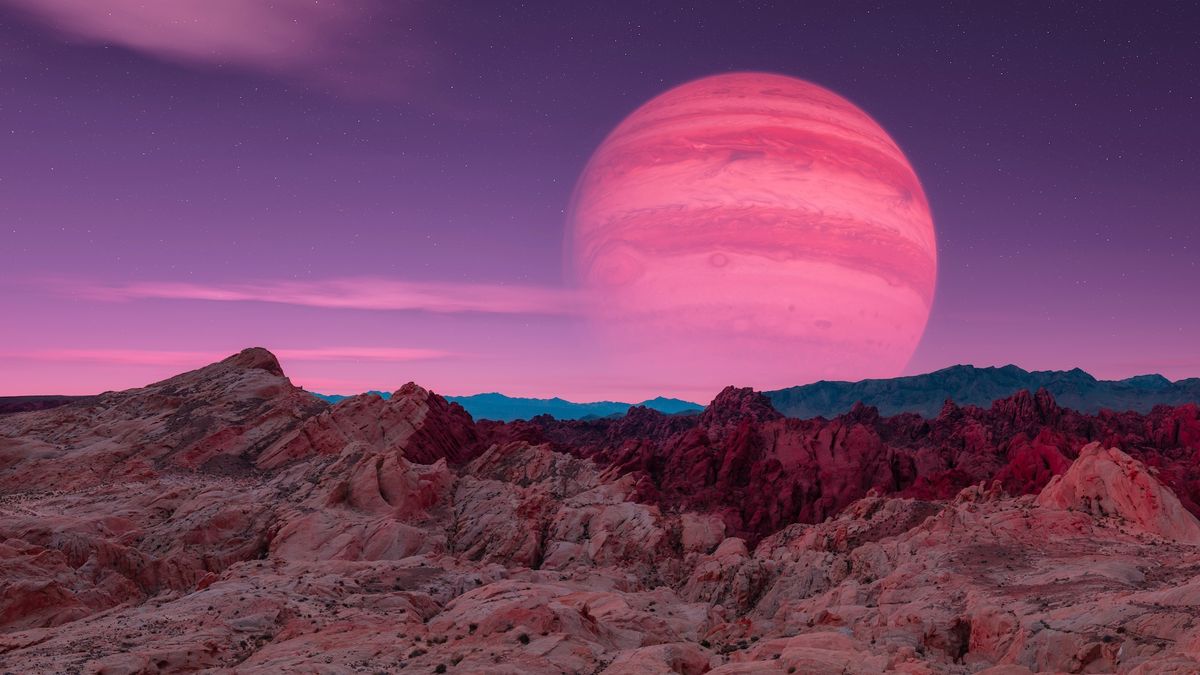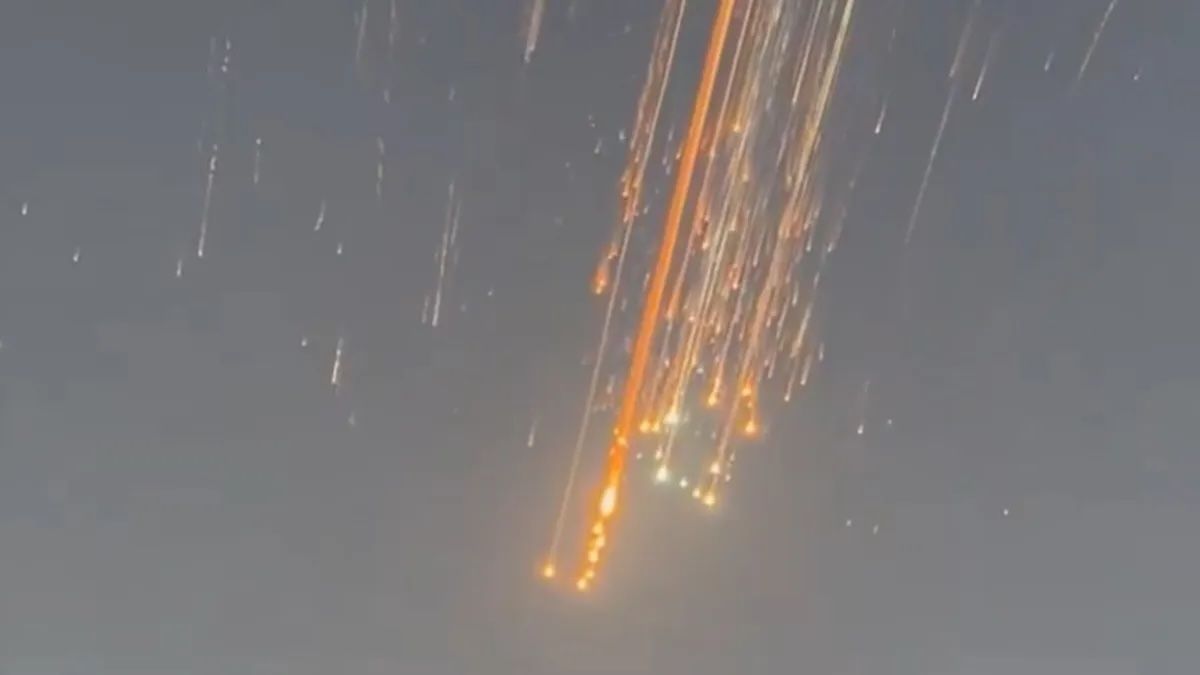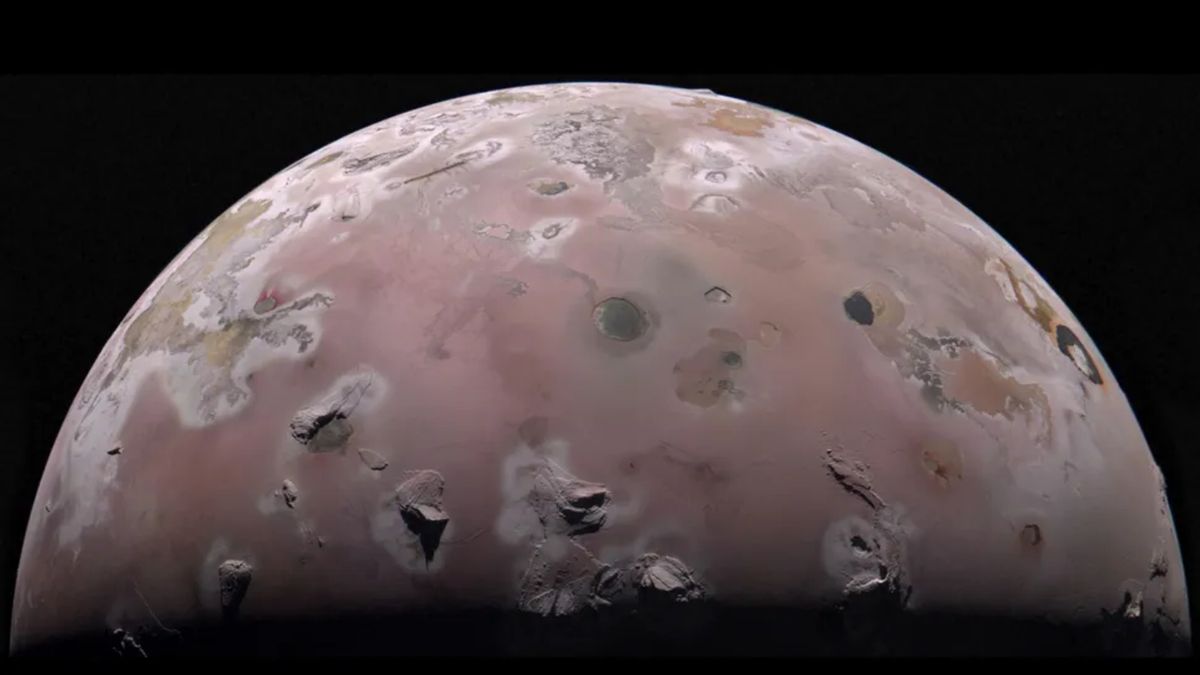Long-quiet volcanoes in the Cascades region of the Pacific Northwest are still underpinned by large reservoirs of magma, new research finds.
The findings have implications for monitoring volcanoes prior to eruption, the researchers wrote in their paper, published Jan. 23 in the journal Nature Geoscience.
Scientists have debated whether magma can persist in the upper crust under volcanoes for long periods or whether it moves into these shallow regions shortly before an eruption. The new study suggests that, at least in the Cascades, these magma reservoirs last thousands of years without causing an eruption.
“Regardless of eruption frequency, we see large magma bodies beneath many volcanoes,” study first author Guanning Pang, a postdoctoral researcher in Earth sciences at Cornell University, said in a statement. “It appears that these magma bodies exist beneath volcanoes over their whole lifetime, not just during an active state.”
The magma chambers discovered in the current study aren’t poised to cause disaster, however; all are only partially melted, without enough liquid portion to trigger an eruption.
Related: What’s the difference between an active, dormant and extinct volcano?
The new findings come courtesy of an upgrade to U.S. Geological Survey seismic monitoring stations in the Cascade Mountains, which allowed Pang and his co-authors to track the waves of distant earthquakes as they traveled beneath Mount St. Helens, Mount Rainier, Lassen Peak and other nearby volcanoes. They noticed a consistent slowing of the earthquake wave velocity — sometimes by as much as 70% — under the volcanic summits.
These slowdowns are too large to be explained by factors such as temperature, the researchers wrote. Waves move more slowly through liquid than they do through solids, so the findings suggest that large magma reservoirs lurk about 3 to 9 miles (5 to 15 kilometers) below the surface. They detected these reservoirs below Mount Rainier, Mount St. Helens, Mount Hood, Newberry Volcano, Crater Lake and Lassen Peak.
Three Sisters and Mount Shasta did not show similar patterns, but that could have been due to a lack of seismic measurements, the researchers wrote. Inflation of the ground near Three Sisters in recent years does suggest there is magma moving in the area.
Magma reservoirs aren’t like underground lakes of fire. Rather, they’re made of porous rock through which liquid magma moves. Only when the portion of liquid magma goes over 35% does the reservoir have the potential to erupt. Pang and his colleagues don’t have direct measurements of what percentage of the magma below these mountains is melted, but they calculated that it could range from 3% to 32%.
Even if the melt were as high as 32%, it doesn’t necessarily presage an eruption, as this percentage could hold study for decades or decline, depending on local conditions. In either case, scientists do not see any evidence that these reservoirs are primed for an eruption, such as an uptick in earthquakes.
The Cascades are particularly well monitored, but scientists have little hint of what’s going on below most volcanoes in the world, the researchers said. Similar methods that use seismic stations could help provide a better picture of what lies beneath volcanoes around the world.
“If we had a better general understanding of where magma was, we could do a much better job of targeting and optimizing monitoring,” study senior author Geoffrey Abers, an Earth scientist at Cornell University, said in the statement.





